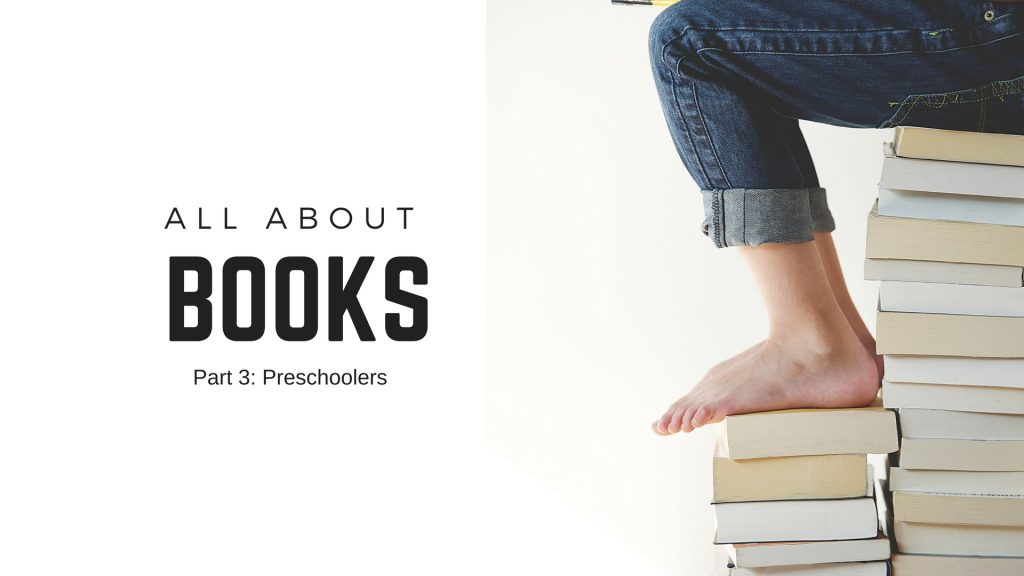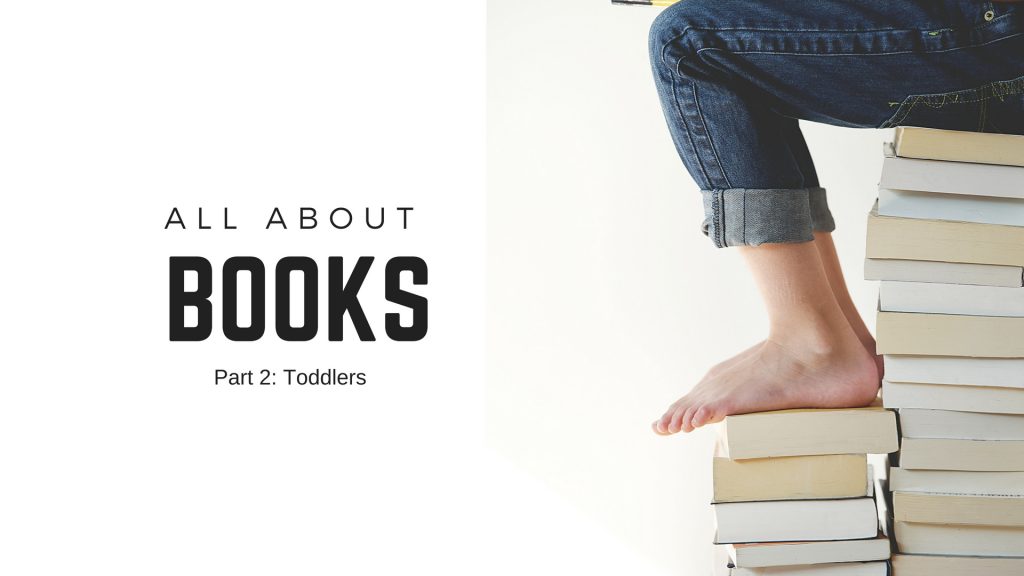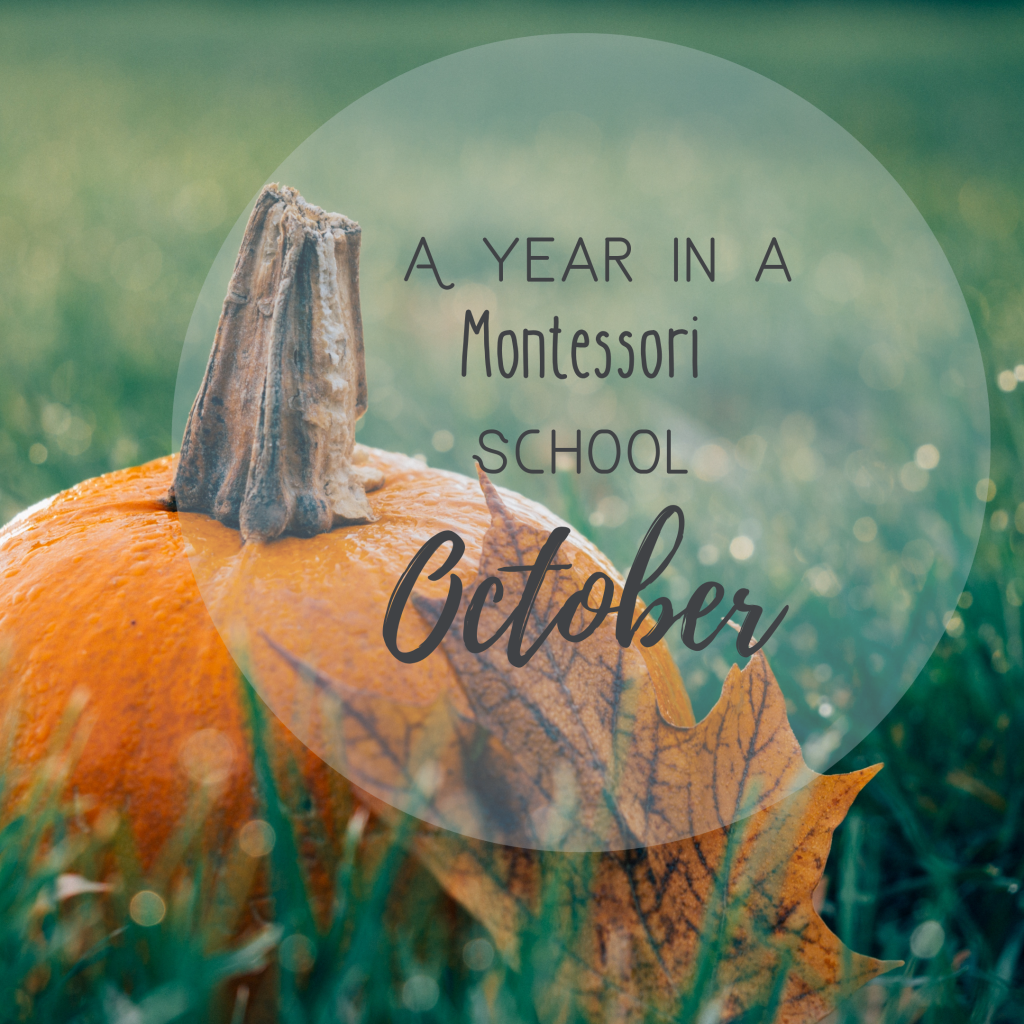
October is always an exciting month for young children. Autumn is usually in full swing here in Pennsylvania and the children are looking forward to Halloween and Trick or Treat night. October is an exciting month for teachers because we generally begin to see more and more of what we in the Montessori world call normalization. Yes, normalization is kind of a funny sounding word. What we mean by it is that the children have come to understand the routine of the classroom, they are able to find their own activities without a great deal of adult guidance and they are working with purpose. We begin to see the big four: order, concentration, coordination and independence in most of the children.
How is this achieved? For the youngest of our students (in my current classroom my students range in age from not quite three to five years old) we try to focus their lessons in the practical life area of the classroom. This is an area that is not typically seen in non-Montessori preschools. The practical life area of the classroom encompasses fine motor activities, care of the environment, care of self, art, sewing, and cooking. This month our activities are pumpkin colored or fall themed. We are learning to weave using orange ribbon, our spooning and pouring works have small pumpkins and candy corn buttons to catch the interest of the young child. The art shelf is full of painting, drawing and gluing supplies which are always in full use.
Why are these type of activities so important for the youngest child? Practical life activities assist the student in gaining fine motor coordination and muscle readiness for writing, they focus the child’s attention and to help build concentration. A child who can carry a tray with a glass pitcher, pour the water into a small container and then carry the tray back to the shelf has mastery over herself indeed. The self pride and independence we begin to see will carry over into other areas of the child’s young life and will have great impact on her future abilities.
How can you help your child at home? Ask him to help you as you work around the house. Children love to help set the table or help make a part of the meal. Put a small pitcher of water in the refrigerator and some cups in a space she can reach so she can be independent in getting her own drink. Give her child sized tools to clean up when she spills – small towels, a broom and a dustpan make learning to clean up much more enjoyable. Don’t expect too much. Children have short attention spans and will not be able to perform tasks perfectly or to adult standards. No worries! If you work side by side with your child and give gentle guidance you will be amazed at what he can accomplish and how independent he can be.
As we enjoy the cooler weather and look forward to Trick or Treat costumes and candy I hope you are also seeing some positive changes in your children. I am definitely seeing it in my Montessori classroom.
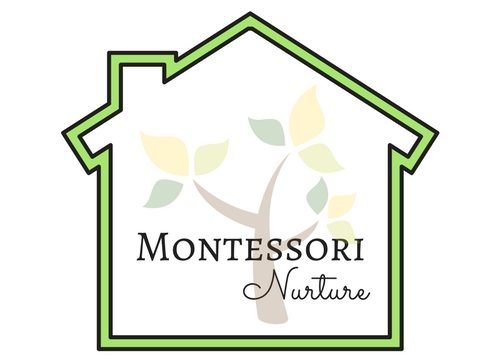
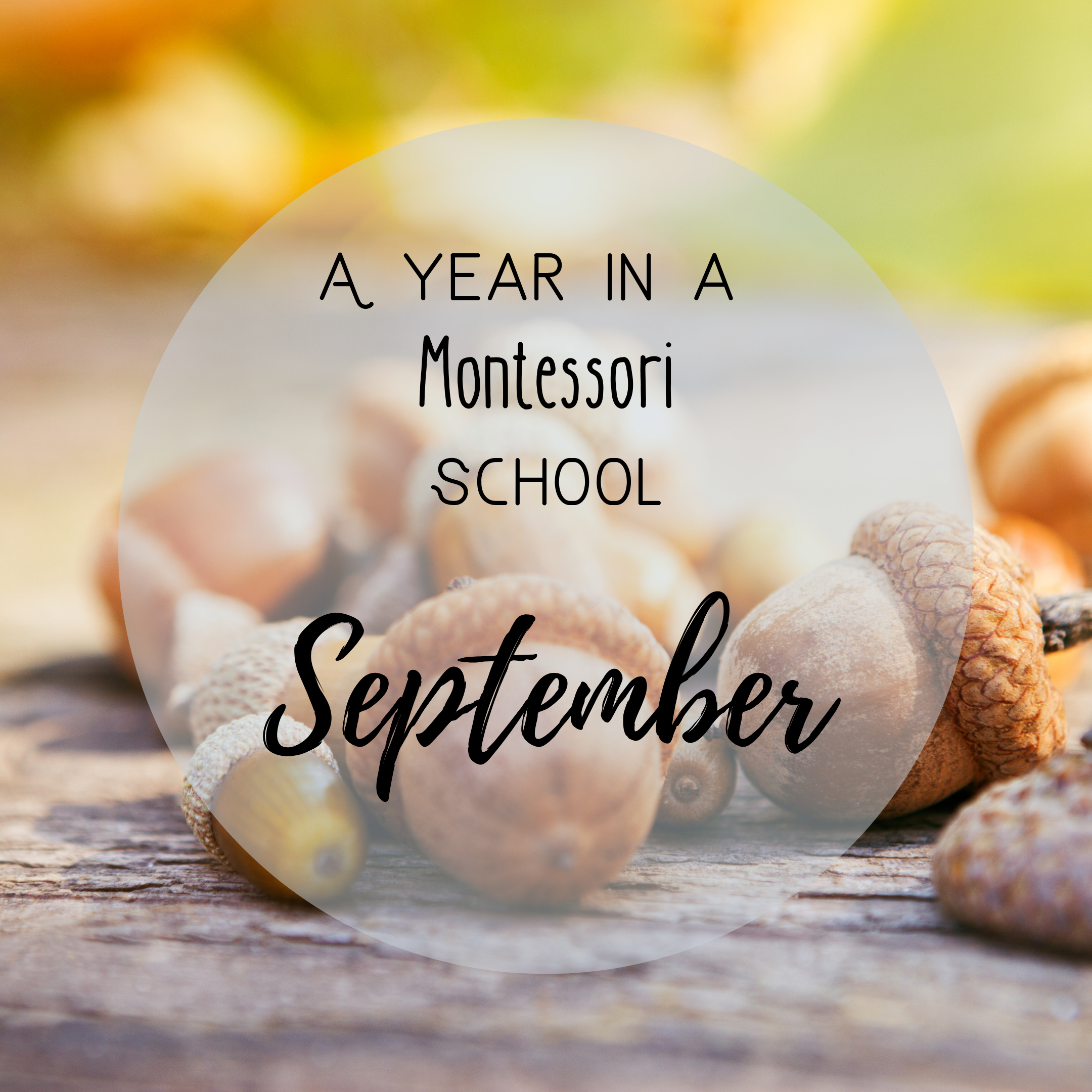
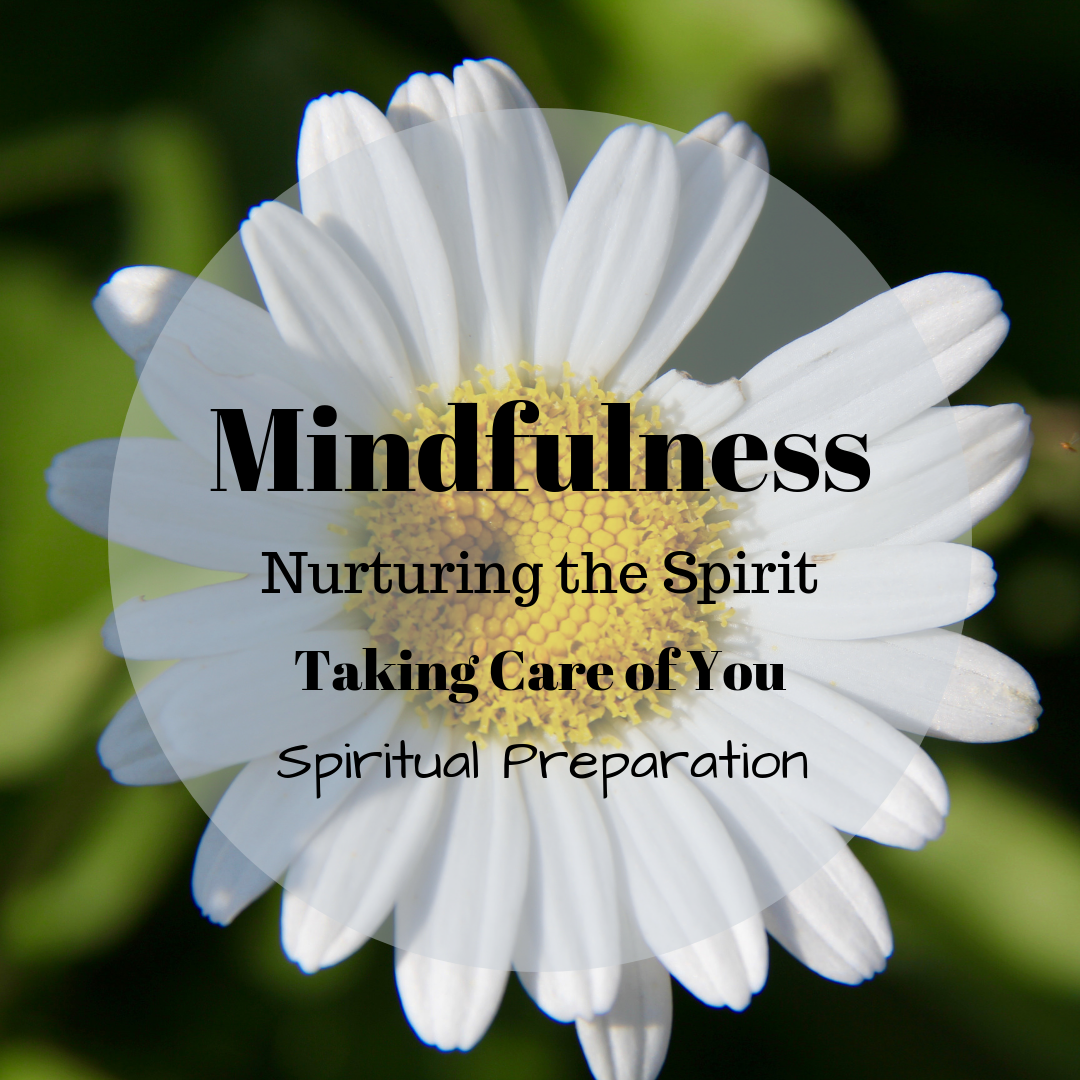
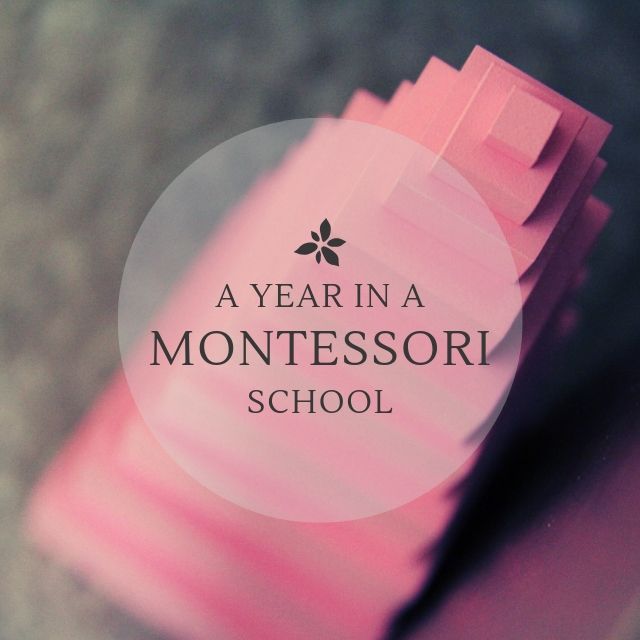
 I am sitting at my computer looking out on a cold and gray day here in Lancaster, PA. I’ve been a little quiet on the blog, Facebook and Instagram these past few weeks. There’s a good reason for my silence – I’ve been very busy working on my new classroom! At the very end of October I took over a Primary (ages 3-6) classroom at The New School of Lancaster where I ran Toddler summer camp and was hired full time in August to run a parent/one-year-old class and the before school program. Needless to say I’ve been busy getting to know the children in my new class and making the classroom my own.
I am sitting at my computer looking out on a cold and gray day here in Lancaster, PA. I’ve been a little quiet on the blog, Facebook and Instagram these past few weeks. There’s a good reason for my silence – I’ve been very busy working on my new classroom! At the very end of October I took over a Primary (ages 3-6) classroom at The New School of Lancaster where I ran Toddler summer camp and was hired full time in August to run a parent/one-year-old class and the before school program. Needless to say I’ve been busy getting to know the children in my new class and making the classroom my own.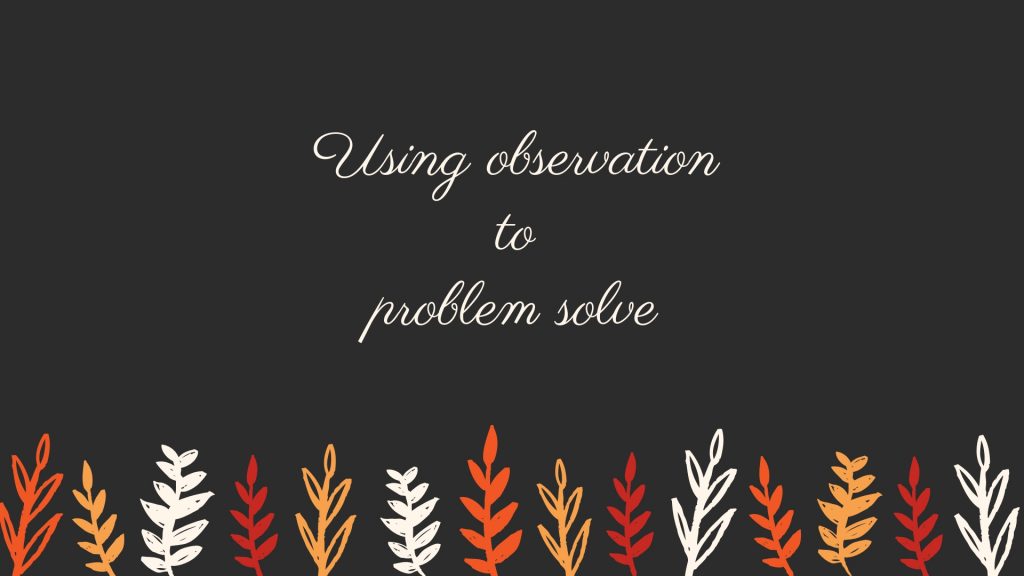

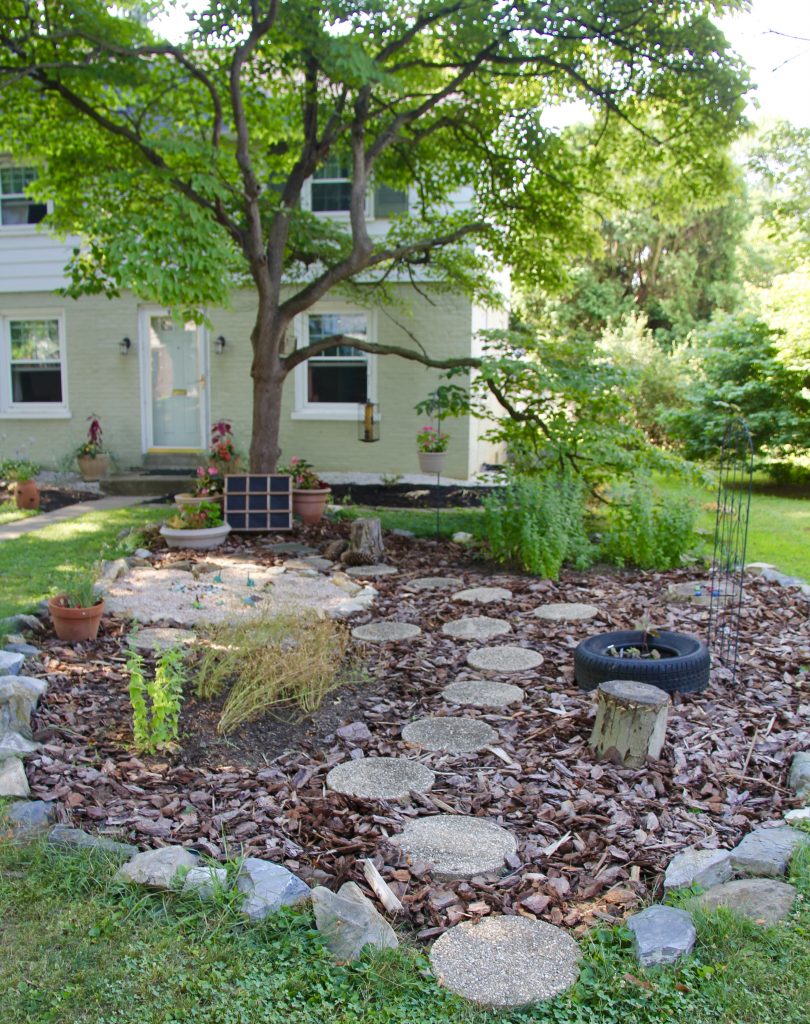
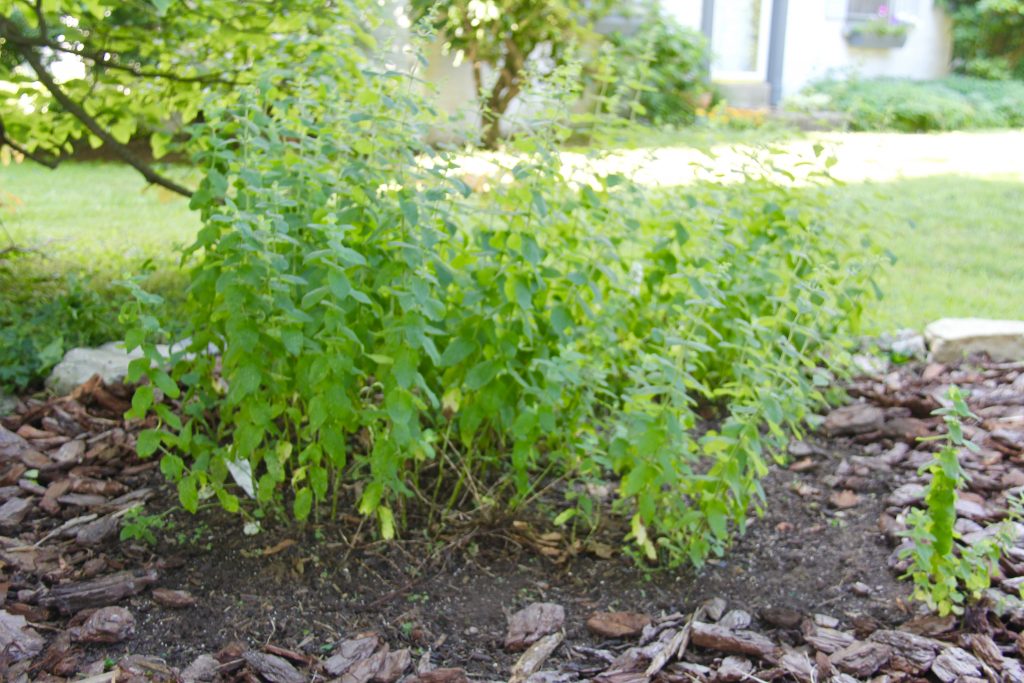 I also wanted to add something that would be visually exciting so added a hyacinth bean vine in the tractor tire and up a decorative piece of metal. The vine gets the best little purple pods!
I also wanted to add something that would be visually exciting so added a hyacinth bean vine in the tractor tire and up a decorative piece of metal. The vine gets the best little purple pods! 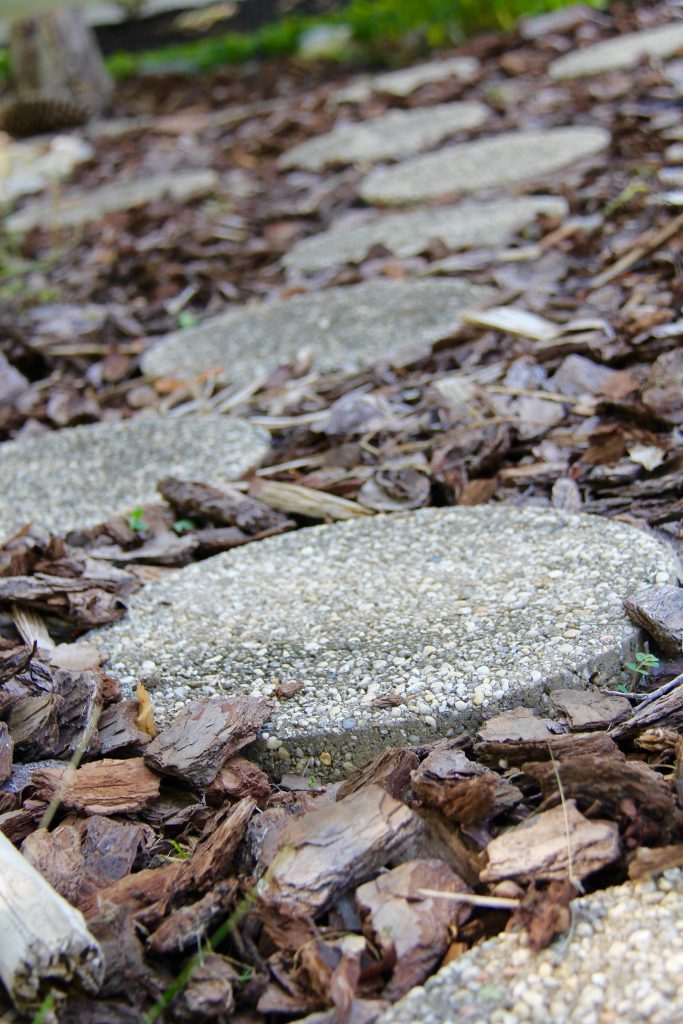 For movement, I moved some circular stepping stones from the backyard that were given to me by a good friend. They are arranged throughout the garden just far enough away from each other to allow a few good jumps! I also added a stone pit. Initially I thought I would put some construction vehicles in this space (and I still might) but for the time being there are some big dinosaurs and some little people.
For movement, I moved some circular stepping stones from the backyard that were given to me by a good friend. They are arranged throughout the garden just far enough away from each other to allow a few good jumps! I also added a stone pit. Initially I thought I would put some construction vehicles in this space (and I still might) but for the time being there are some big dinosaurs and some little people. 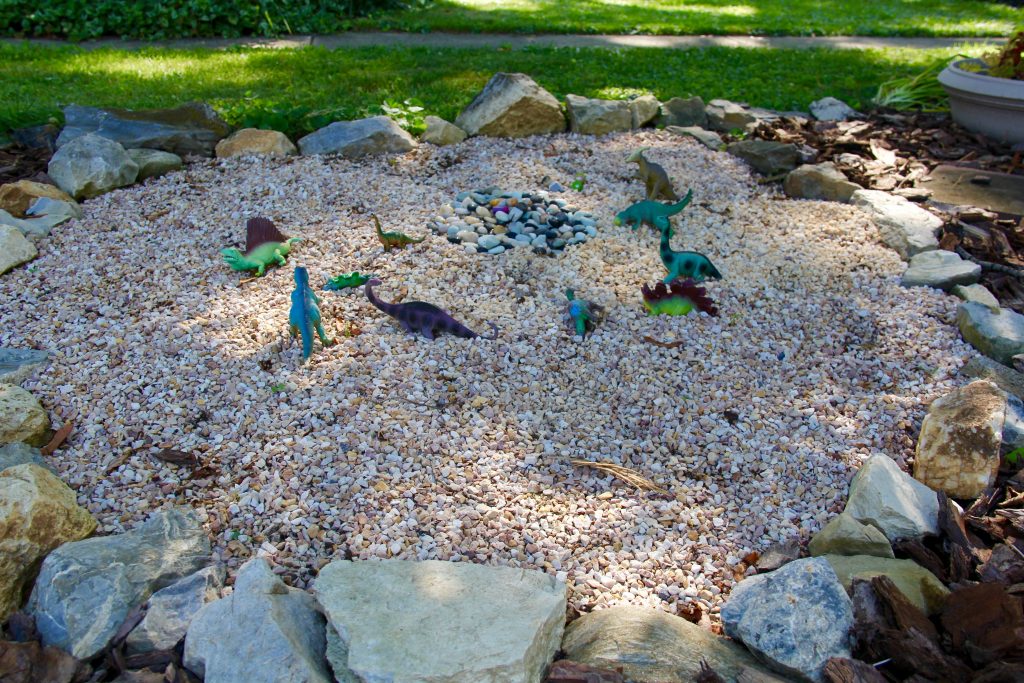 On the tree stump I added some cars (nature parking lot???). I planted some pots with shade loving plants and one with chives (another great herb for smelling and tasting). A few years ago I made some gnomes out of sticks I whittled from our yard. I added these to the chive pot.
On the tree stump I added some cars (nature parking lot???). I planted some pots with shade loving plants and one with chives (another great herb for smelling and tasting). A few years ago I made some gnomes out of sticks I whittled from our yard. I added these to the chive pot. 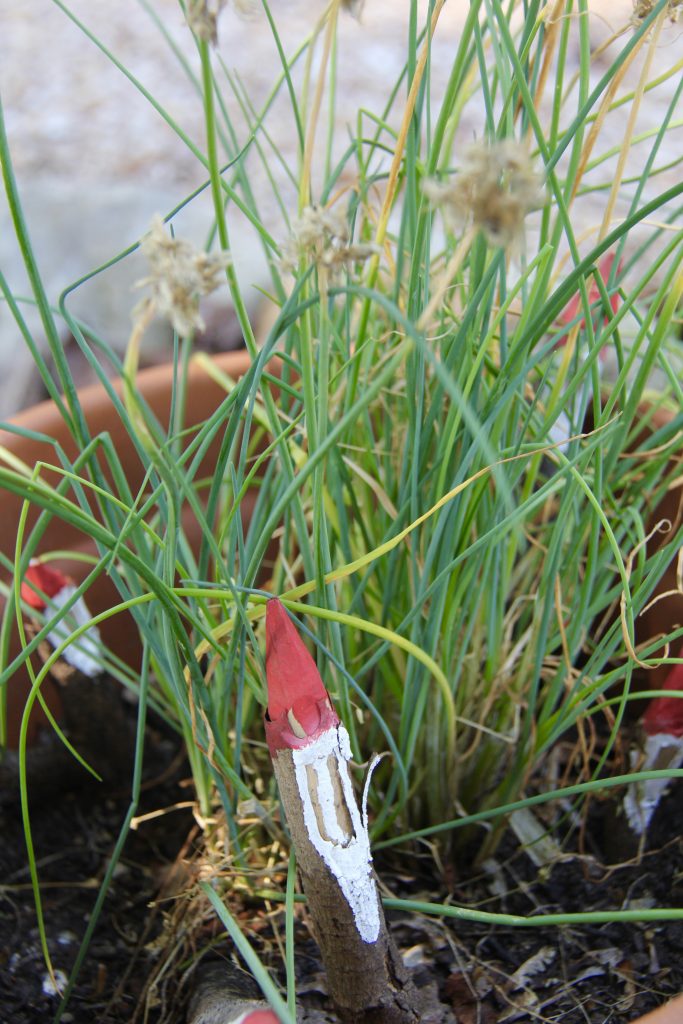 When our holly tree was cut down I saved a few tree stumps and added those to the garden for sitting or using a tables. Large mulch filled in the rest.
When our holly tree was cut down I saved a few tree stumps and added those to the garden for sitting or using a tables. Large mulch filled in the rest.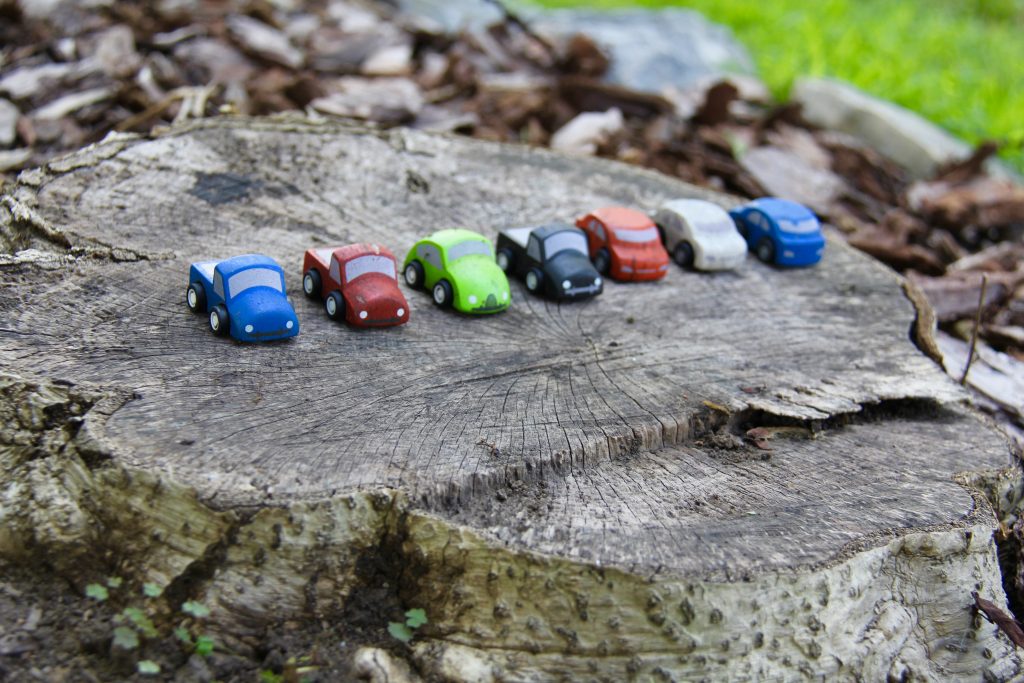 What was the last thing I did? I invited the neighborhood to come and play. And play they did. I’ve gotten photos from some fun playdates in our yard and have heard snippets of children’s laughter from the yard while I was inside working. What joy!
What was the last thing I did? I invited the neighborhood to come and play. And play they did. I’ve gotten photos from some fun playdates in our yard and have heard snippets of children’s laughter from the yard while I was inside working. What joy!